Stream Protection with Fencing
Purpose/Function:
Fencing prevents livestock from trampling streambanks, destroying vegetation and stirring up sediment in the streambed. Fencing also may be used to exclude livestock from areas that need to be protected from grazing or browsing and to encourage animals to use stream crossings.
Initiation protocol:
Contact the local Soil Conservation District for assistance.
Public acceptance:
Widely accepted because the public is generally aware of the negative impacts of animal in waterways.
Implementation Factors (level of difficulty):
Moderate.
Funding Sources / Options:
Cost-share grants are available to install stream protection systems through the Maryland Agricultural Water Quality Cost-Share (MACS) Program and U.S. Department of Agricultutre’s Environmental Quality Incentives Program (EQIP), and Farm Bill programs. Temporary fences are not eligible for cost-share.
Costs:
Costs estimated as $ per acre of practice installed.
| Cost Estimates | EPA | MDA | Average |
| Initial | $36,038 | $931 | $18,484.50 |
| Annual | $- | $- | $- |
| Lifespan (yrs) | 15 | 10 | 15 |
| Annualized | $2,402.53 | $93.10 | $1,247.82 |
Note: EPA estimate includes unit cost with and without stream crossing costs.
Load Reduction Efficiency:
Average Total Nitrogen removed per acre of practice per year
|
Low 39.71 lbs. |
Medium 109.41 lbs. |
High 204.68 lbs. |
Cost per pound removed = between $1 and $2
Average Total Phosphorous removed per acre of practice per year
|
Low 4.78 lbs. |
Medium 11.96 lbs. |
High 21.31 lbs. |
Cost per pound removed = between $4 and $19
Average Total Suspended Solids removed per acre of practice per year
|
Low 255 lbs. |
Medium 2,898 lbs. |
High 8,390 lbs. |
Cost per pound removed = between $0.01 and $0.37
Operation & Maintenance:
Keep fences repaired. Avoid damaging buffer zones with herbicides from surrounding cropland. Periodic short-term grazing may be used to control woody vegetation in grass buffers if they are firm and dry.
Planning Questions to Consider:
The distance between the fence and the streambank is determined by the landscape, stream characteristics, flood levels and frequencies, state laws and regulations, Public Drainage Association maintenance right of ways, and wildlife and environmental considerations.
Technical Notes:
Follow Natural Resource Conservation Service specifications. If riparian forest buffers are used, they should be at least one-third of the width of the floodplain or a minimum of 35 feet wide for water quality benefits. Comprehensive habitat and stream protection benefits may require a wider buffer strip. All work must comply with federal, state and local requirements. Establish vegetative cover on all disturbed surfaces. In areas where vegetation will not survive, use gravel or lining to protect the soil from erosion.
Related Best Management Practices
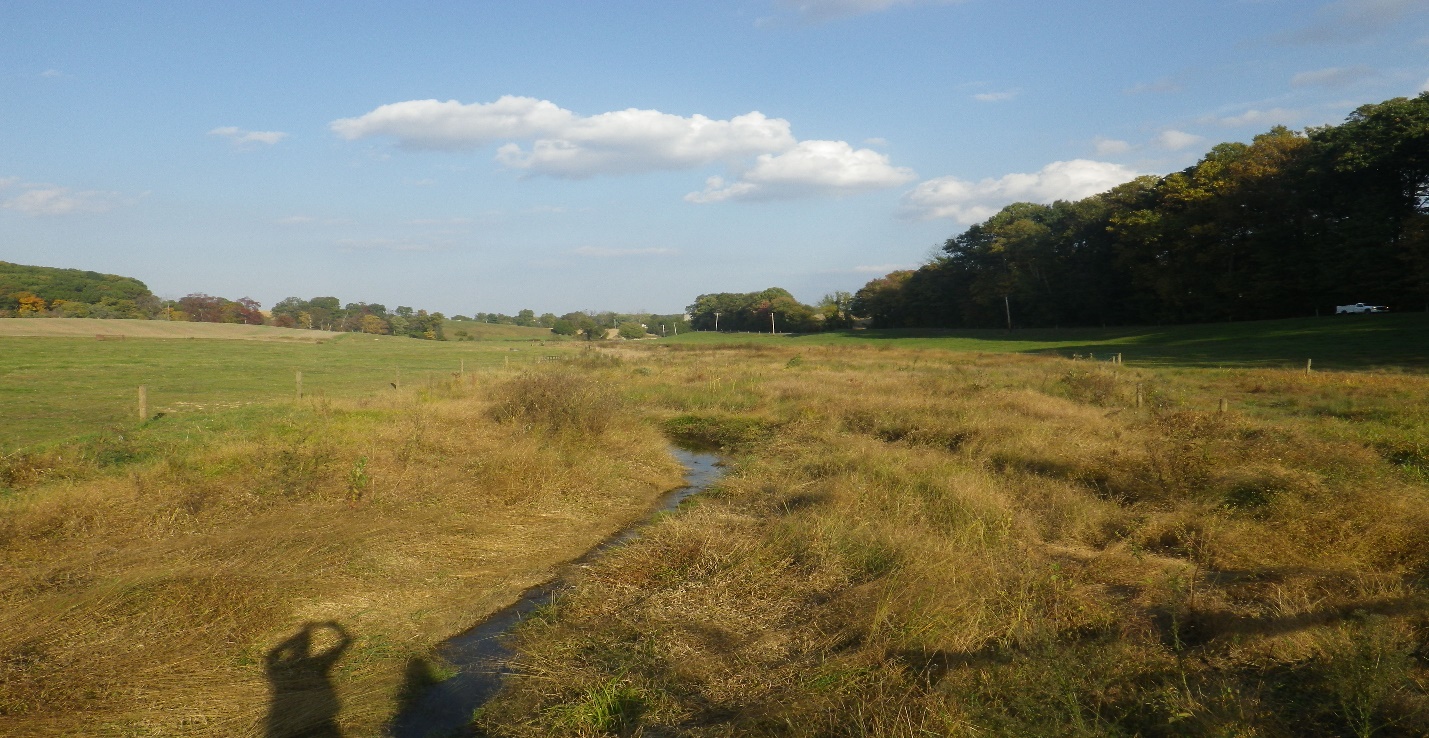
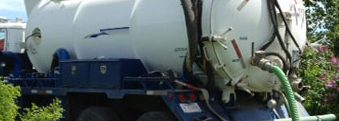


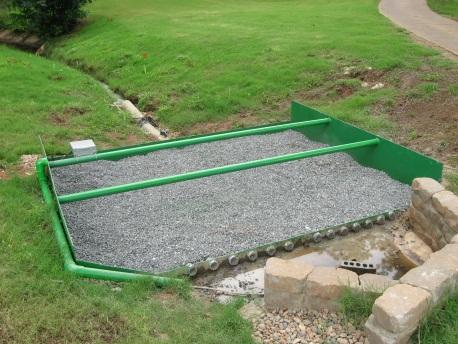
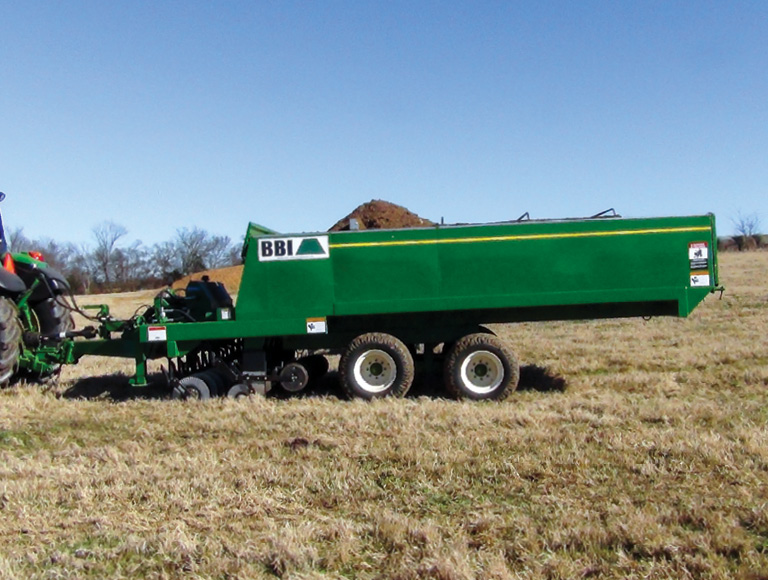
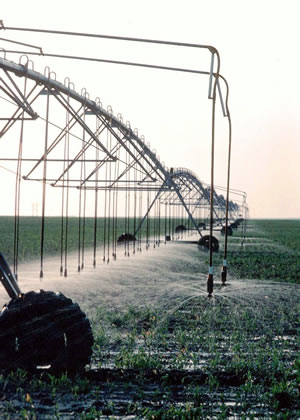
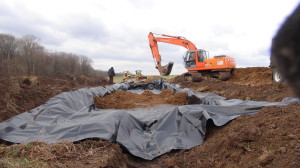
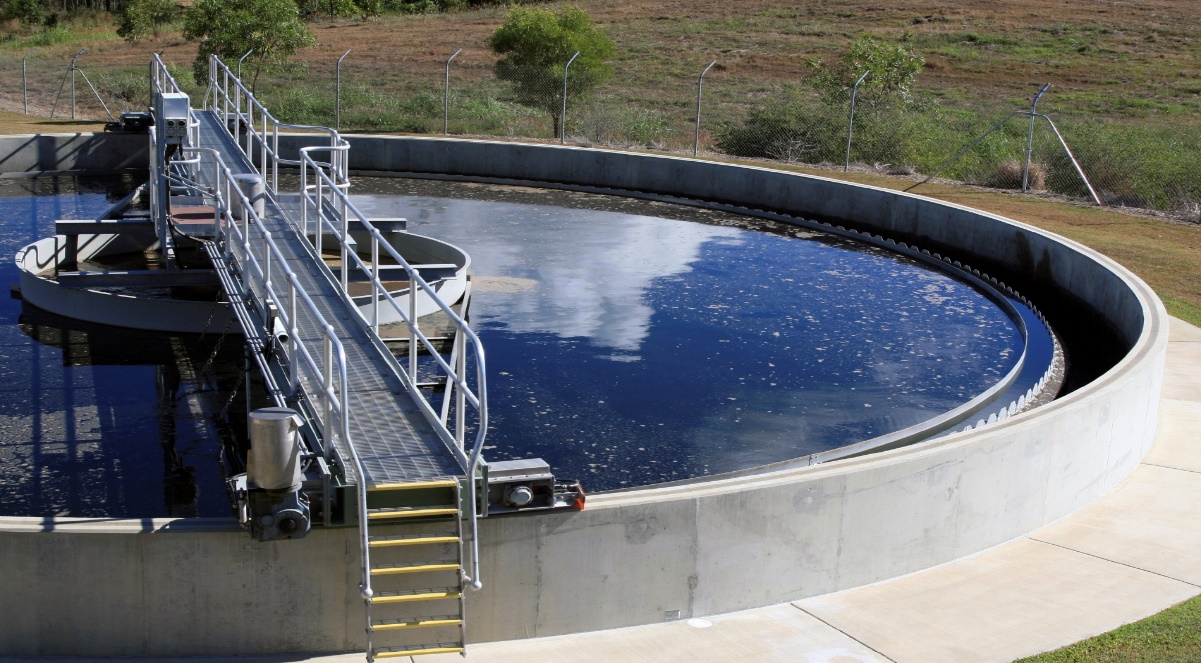


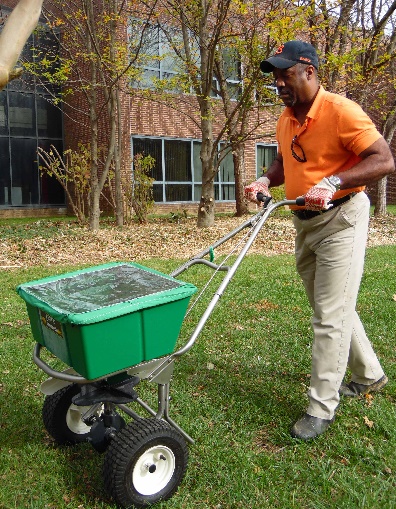

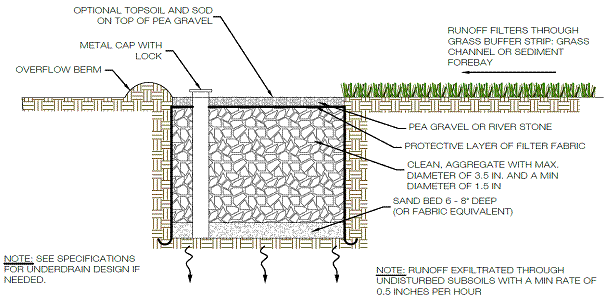
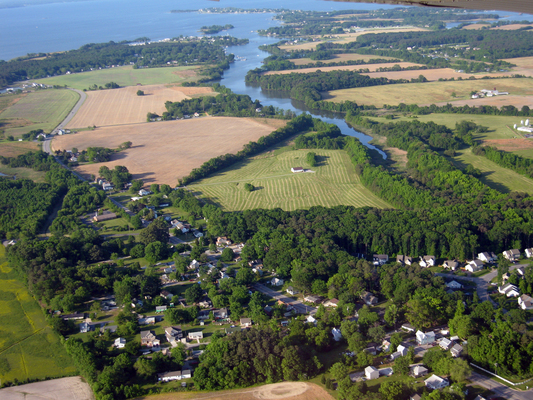
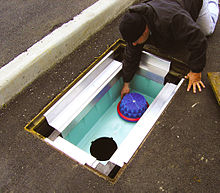
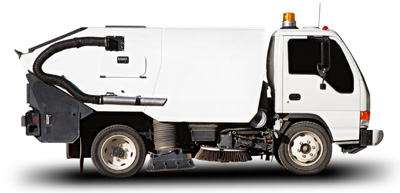
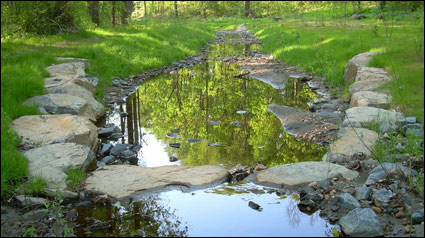
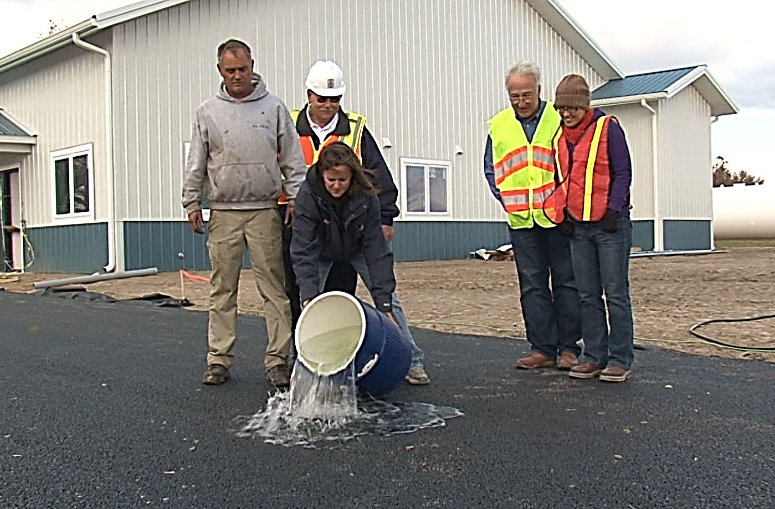
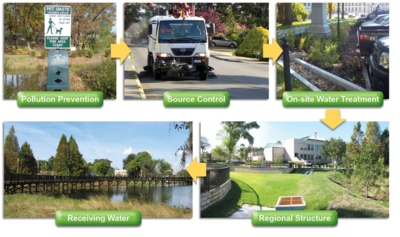
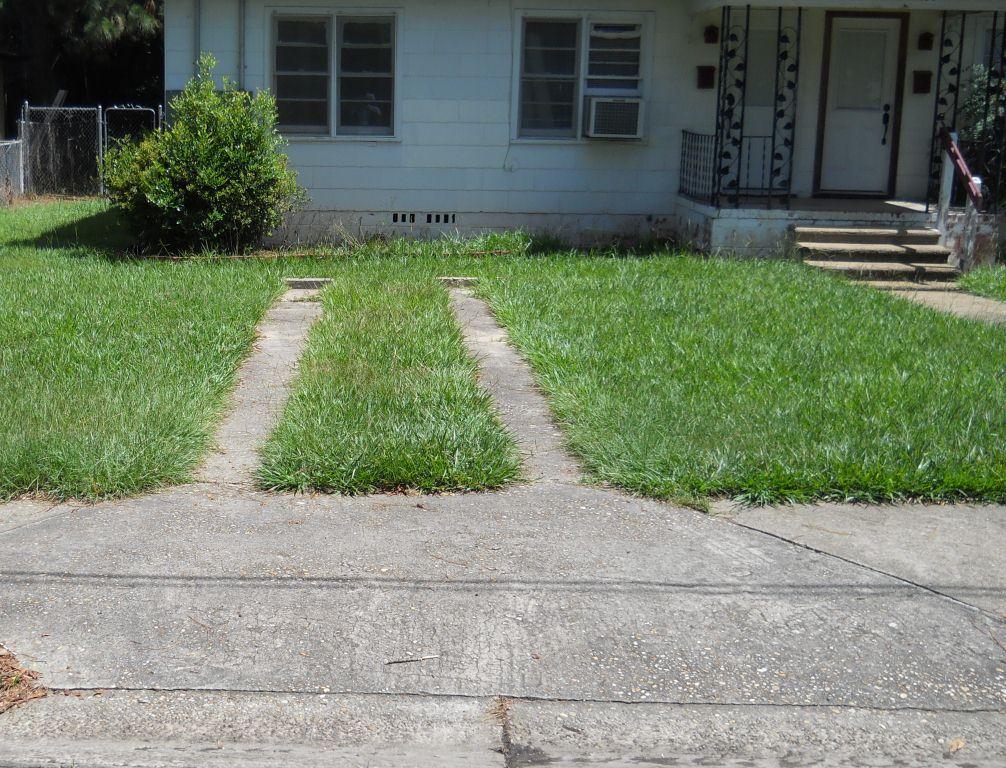
Feedback on This Best Practice